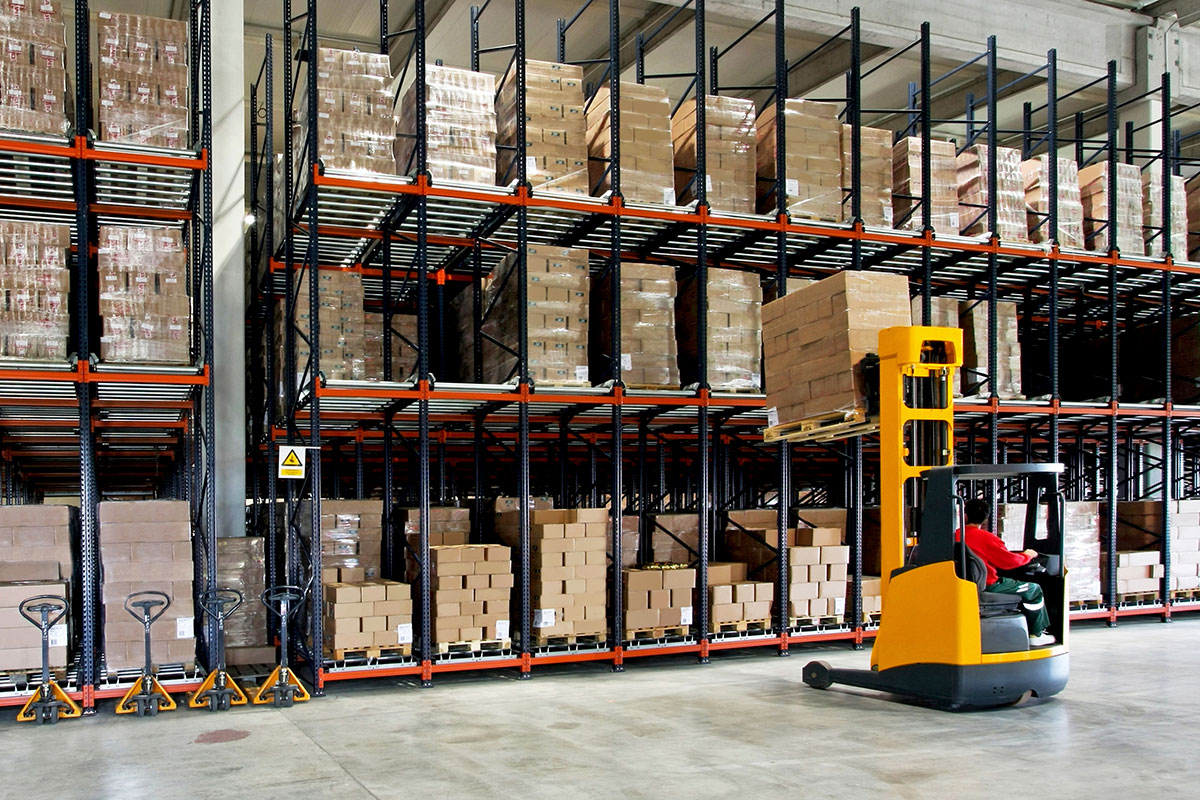Some warehouses still haven’t entered the 21st Century. They are dusty, hot (particularly in Southern states) and disorganized – factors that employees routinely ignore or work around. It’s odd to think that they will have the arrival of robots to thank for environmental upgrades.
These less-than-ideal working conditions are probably one reason why workers think their jobs are safe from automation. Earlier this year, National Public Radio and Marist conducted a survey across all industries, and a whopping 94 percent of responding US workers said their jobs could not be automated. We know for a fact that this just isn’t true, at least in the warehouse. One has only to look at the progress being made by Amazon and Walmart in reimagining the warehouse space to understand there are massive technological changes on the horizon. In fact, PathGuide already has a customer using robotic arms for picking, helping to enable a warehouse of the future: one that never stops.
We know robots can boost warehouse productivity – but ironically, robots will also usher in better working facilities. Companies will want to protect their multi-million dollar investments in robotics, which can’t optimally operate in higher temperatures and in air filled with particulates. Since market research firm Tractica estimates that warehouses will spend $22.4 billion on robots in the next three years, it’s easy to deduce that these environmental changes are just around the corner.
Another change will be in the workforce itself. One robotic manufacturer, Fetch, points out that automation can help solve the logistics industry’s problem of an estimated 600,000 unfilled jobs. By turning to robots, warehouses can have the manpower to confidently face the continued growth of ecommerce and the pressures of an on-demand economy.
I have to ask myself: does this mean that robots will be zipping alongside human workers, outfitted in orange safety vests and the equivalent of hard-toed boots? Maybe, because robotics will be used to supplement workers in the warehouse, not replace them entirely. According to an article in Newcastle Systems, Amazon has increased the number of warehouse robots from 1,400 to 45,000 in the last three years, but has also increased its employees from 90,000 to 360,000. Automation seems to be pushing employee growth, not hindering it.
We’ll probably first see robots helping with picking and sorting, loading and unloading, storage and delivery. For example, you might think that recognizing objects for accurate picking and sorting would not be within a robot’s range of abilities. You’d be wrong. Researchers at MIT and Princeton have successfully trained a robot to correctly grip a piece of inventory and to determine what it is.
We’ll also see improvements in workers’ health, thanks to robots. Pick-and-place is an activity where human workers frequently experience ergonomic issues. High-speed robots, such as the one being developed by MIT and Princeton, have the potential to increase efficiency and decrease repetitive injuries.
If you’re in the New York area, you can learn more about the warehouse of the future and see robots hard at work at the biggest trade show focused on the subject. Automation Technology Expo (ATX) East is scheduled for June 12-14 at the Jacob K. Javits Convention Center.

